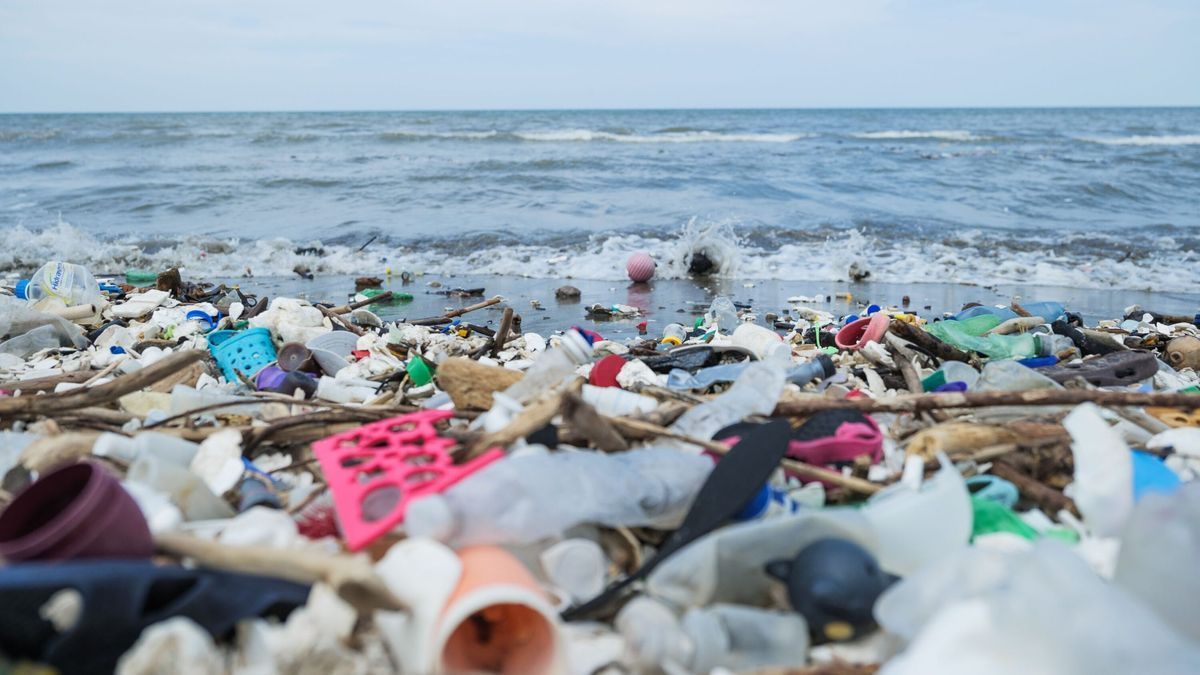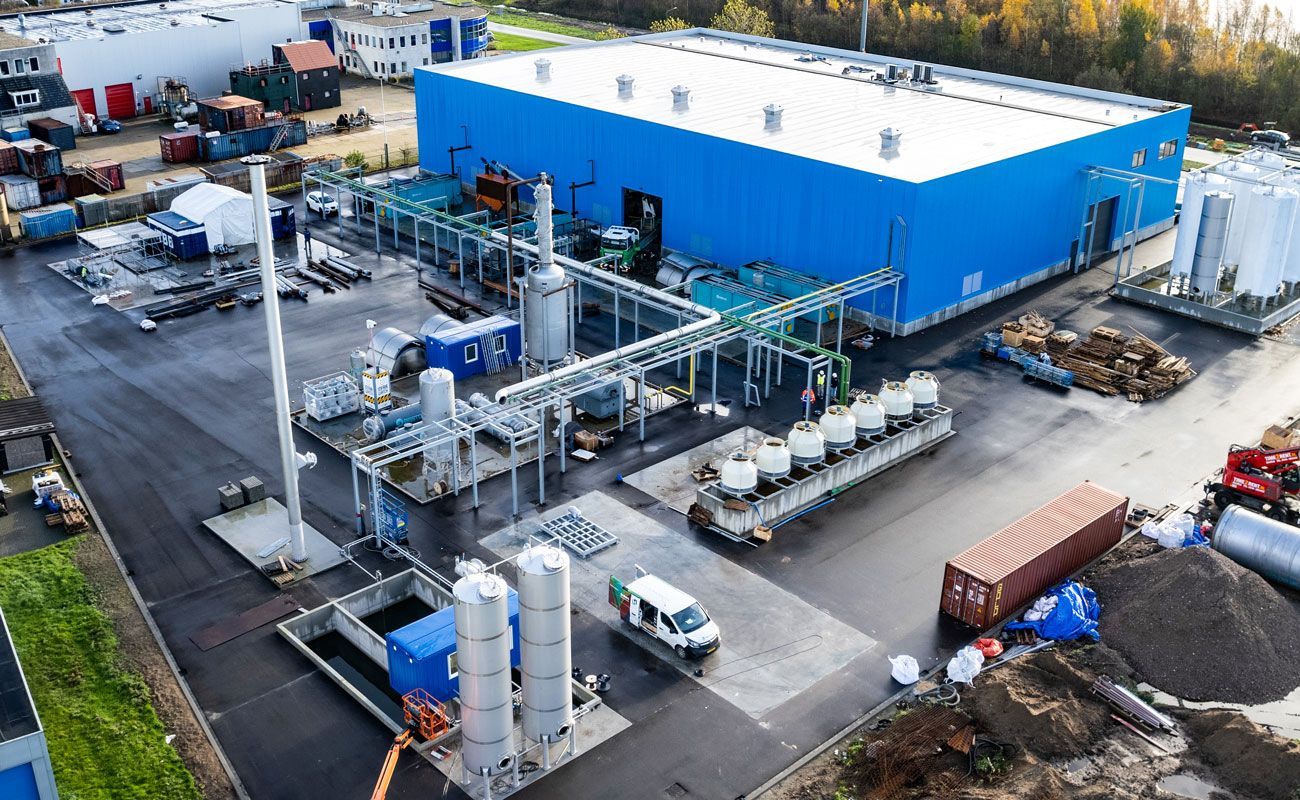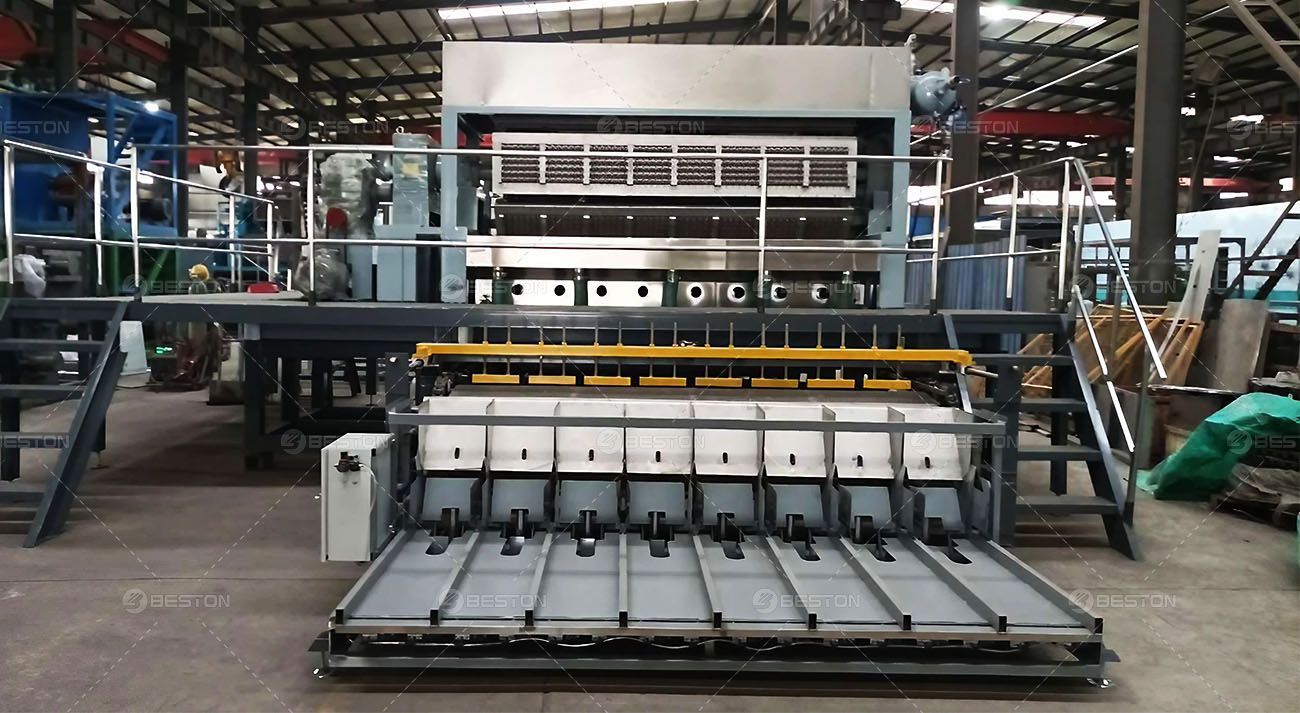Dangers of Improper Handling of Plastics
- By zhou qi
- •
- 23 Jan, 2024
The Environmental Quagmire
Plastic Proliferation: A Looming Catastrophe
The unbridled consumption and disposal of plastics have given rise to an environmental quagmire. The ubiquitous presence of plastic waste in oceans, rivers, and landfills paints a grim picture. Microplastics, invisible to the naked eye, permeate ecosystems, posing a threat to aquatic life and biodiversity. The sheer volume of plastic pollution has reached alarming proportions, necessitating urgent remedial measures.
Landfills as Time Bombs
Landfills, often the final resting place for our discarded plastics, morph into ticking time bombs. As plastics degrade over extended periods, they release harmful chemicals into the soil and groundwater. The leachate from decomposing plastics becomes a toxic cocktail, seeping into the environment and posing a hazard to flora, fauna, and, eventually, human populations.
Airborne Menace: Microplastics in the Atmosphere
In an unforeseen consequence, microplastics take flight, becoming an airborne menace. The fragmentation of larger plastic items and the abrasion of synthetic textiles contribute to the release of microplastic particles into the atmosphere. These airborne microplastics infiltrate the air we breathe, raising concerns about their potential impact on respiratory health and the broader environmental implications.

Health Hazards in the Plastic Era
Endocrine Disruption: The Silent Intruder
Plastics contain a cocktail of additives, including phthalates and bisphenols, known for their endocrine-disrupting properties. Pervasive in daily-use items, these chemicals leach into food, water, and the environment. The long-term exposure to endocrine-disrupting plastics is linked to hormonal imbalances, reproductive issues, and a spectrum of health complications that extend from infancy to adulthood.
Toxic Soup on the Plate
Improper handling of plastic packaging in the food industry leads to a toxic soup on our plates. The migration of hazardous chemicals from packaging materials to consumables is a critical concern. From plastic bottles to food wrappers, the contaminants infiltrate the very sustenance we rely on, amplifying the health risks associated with the consumption of adulterated food products.
Microplastics: The Unseen Culprits in Our Bodies
The insidious nature of microplastics transcends environmental realms and infiltrates human bodies. Research indicates the presence of microplastics in various organs, raising concerns about the potential health impacts. The long-term consequences of microplastic accumulation within the human body are an evolving area of study, demanding a proactive approach to minimize exposure.

Mitigating the Menace: The Role of Plastic Pyrolysis Machine
In the face of these multifaceted dangers, solutions that address the root causes of plastic mismanagement are imperative. Plastic pyrolysis machines
emerge as a transformative technology that holds promise in mitigating the menace of improper plastic handling.
The Mechanism of Plastic Pyrolysis
Reducing Environmental Impact
Health and Economic Benefits
Global Collaboration for a Plastic-Free Future
In conclusion, the dangers of improper handling of plastics permeate every facet of our lives, from the environment to health and societal well-being. The urgency of addressing these dangers requires a paradigm shift in our approach to plastics. Embracing innovative technologies like plastic pyrolysis machine, coupled with a collective commitment to responsible consumption and waste management, paves the way for a future where plastics cease to be a peril and become a catalyst for positive change.


